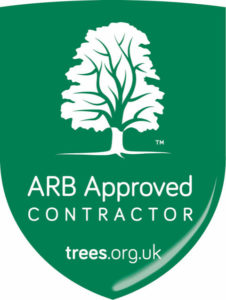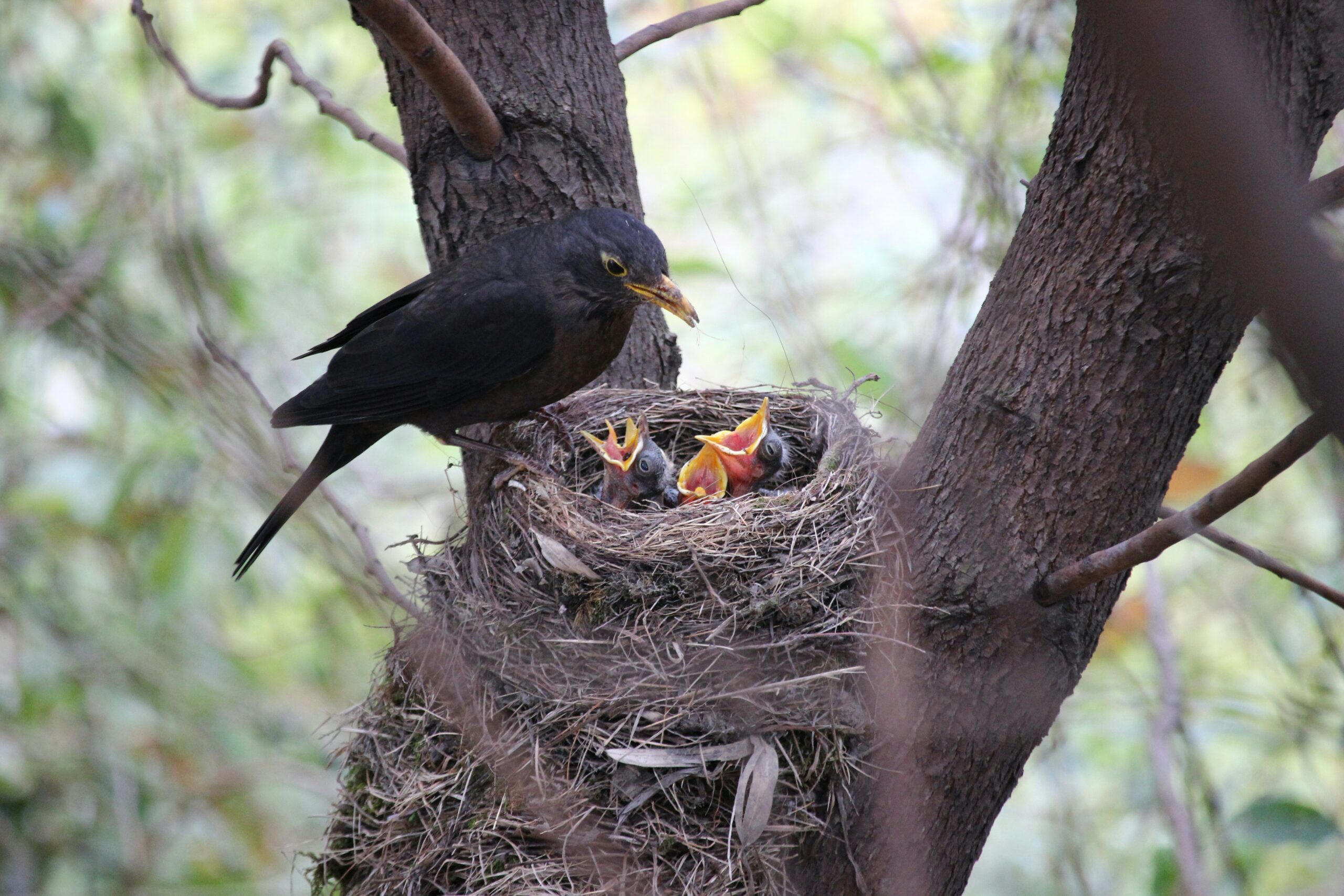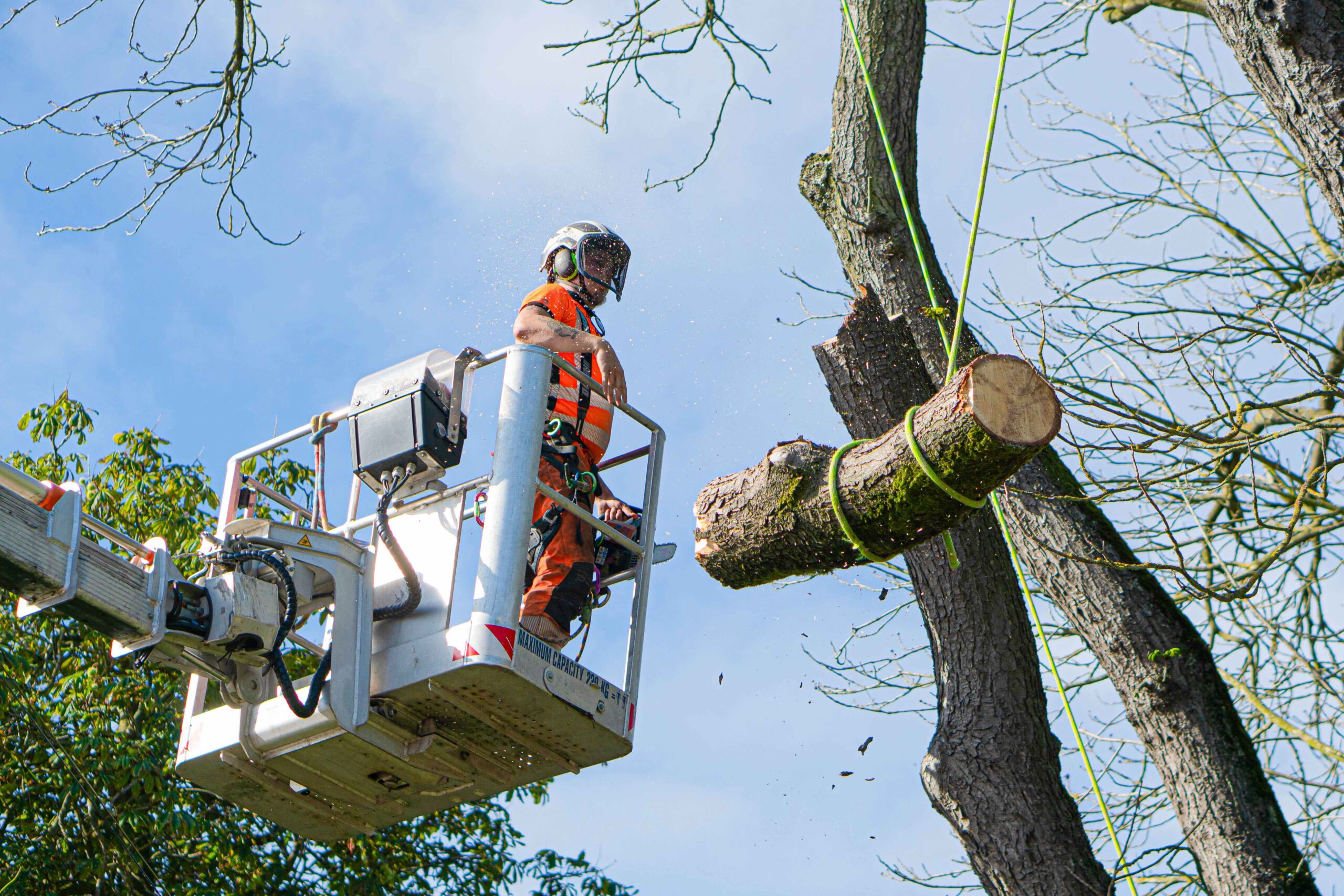As the chill of winter fades and the days begin to brighten, spring is closer than we could imagine. Spring brings warmer weather, longer days, and, most importantly, new life. From trees to shrubs and birds to bees, new life blossoms all around. At Dr Stump Ltd, the arrival of spring means one thing: bird nesting season is here. As always, we are ready to carry out work with our feathered friends in mind.
When does bird nesting season start?
Bird nesting season typically begins around February through to August, but the exact timings are weather dependent. As weather becomes more unpredictable, so do the natural behaviours of species around us. As professional arboriculturists, we consider the busiest time for nesting birds to be between March and September and work hard to remain mindful during these months.
Why is nesting so important?
Nesting season is a critical time for birds. During this time, they choose a nesting site to reproduce, lay eggs and raise their young. For the best chances of survival, a nesting area should be well hidden, protected from predators and shielded from the elements as much as possible, making trees and shrubs a common nesting area.
Birds are at their most vulnerable when nesting. Any disruption could injure or kill wild birds and their chicks or cause parent birds to abandon their young.
Challenges such as climate change and habitat loss have posed a risk to nesting season and reduced populations across the UK.According to the Natural History Museum, as of 2023, we have lost around 73,000,000 birds since 1970, roughly a third of our wild birds. This immense loss means that protecting UK birds is more important than ever. At Dr Stump, we are committed to carrying out work that protects and preserves these vital species.
Bird nesting and the law
Did you know that bird nesting season is protected by the law? The Wildlife and Countryside Act 1981 states that it is an offence to intentionally disturb, damage, or destroy the nests of wild birds during nesting season.
This means that reckless building work, tree-felling or hedge-cutting at the peak of nesting season could result in prosecution or an unlimited fine.
By abiding by the law, we can protect wild bird nests and protect our bird population for years to come.
Common birds that nest in the UK
Whilst we are seeing an overall decline in numbers, wood pigeons are bringing up the total number of birds in Britain. Other birds that you may commonly see include:
Eurasian Wren – Our most common bird, with roughly 11 million pairs counted in 2023. These tiny birds often have their short tails cocked up and sing from an open perch in the early morning. They often favour gardens and farm hedges to feed on small invertebrates.
European Robin – The European Robin is known as the UK’s ‘favourite bird’, easily recognised for its bright red breast. This bird was counted to be at around 7.35 million pairs in 2023. Robins are known for their territorial nature and often sing from tree branches at night time.
Blackbird – At 5.05 million pairs, the blackbird is less common than the other species on our list. It’s well known in the bird-watching world and nursery rhymes alike. You may see blackbirds searching for worms when you’re out exploring green spaces, flicking aside leaves and small twigs. They’re best identified by their black plumage and bright orange beaks and are favoured for their mellow song.
How to help birds during nesting season
There are several ways that you can help nesting birds, but at Dr Stump Ltd, we recommend:
Installing a bird box – Adding bird boxes to your garden provides a safe nesting place away from predators like cats, foxes, and even birds of prey. Alongside providing a sheltered area, bird boxes can also help protect birds against the elements when the temperature drops.
Planting bird-friendly plants, shrubs, and trees – Planting native varieties helps to provide birds with essential foods such as berries and helps with attracting insects. The RSPB recommends planting native species such as Hawthorn, Blackthorn, and Beech.
Avoid disturbing nests – If you find a nest, it’s best to leave it alone and give plenty of space to any birds which may be present. If you’ve chosen to have your trees or hedges pruned by a professional like the Dr Stump team, ask the company carrying out the work about their wildlife protection policy to see how they handle the presence of nesting birds.
By creating bird-friendly spaces in our gardens and being mindful of their needs, we can play an important role in helping them thrive.
Bird conservation with Dr Stump
If your hedges or trees need important maintenance work but you’re concerned about nesting birds, speak to our well-informed team at Dr Stump Ltd.
We’re experienced in providing wildlife-friendly tree care and can assess your property to ensure the safety of present birds whilst maintaining the health of your trees and hedging.
We won’t operate on a tree if it threatens a bird habitat, unless it poses a risk to you or your property. Speak to the team and we’ll advise on the best course of action for you.
Give us a call, send a WhatsApp, or send an inquiry online to have a chat today.




